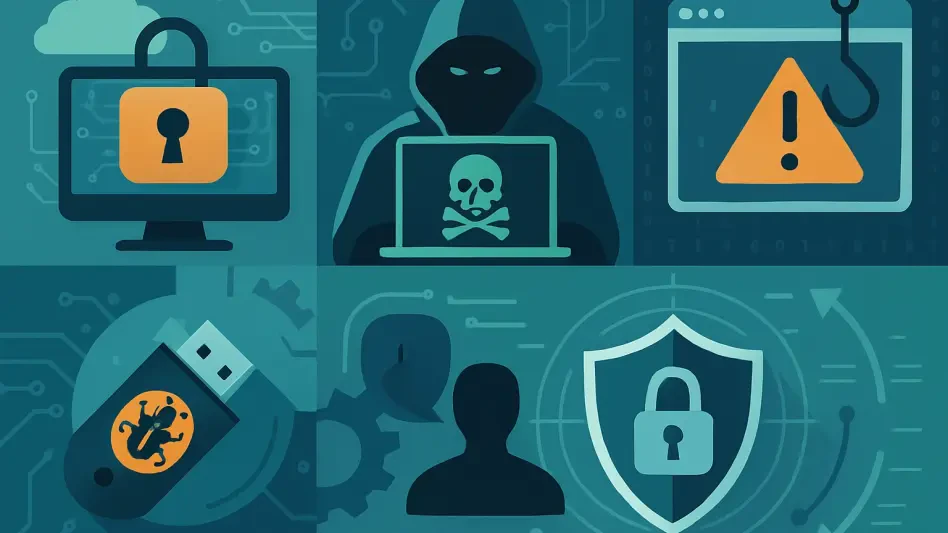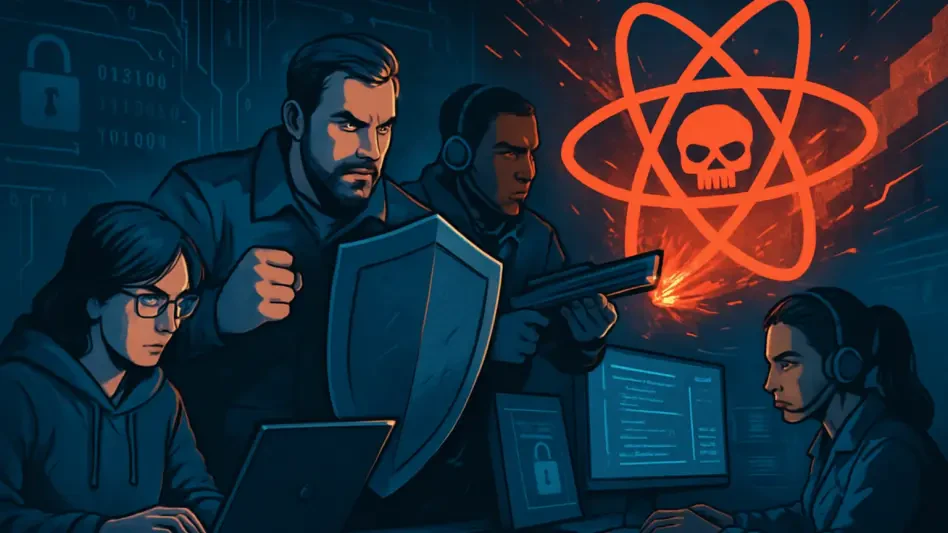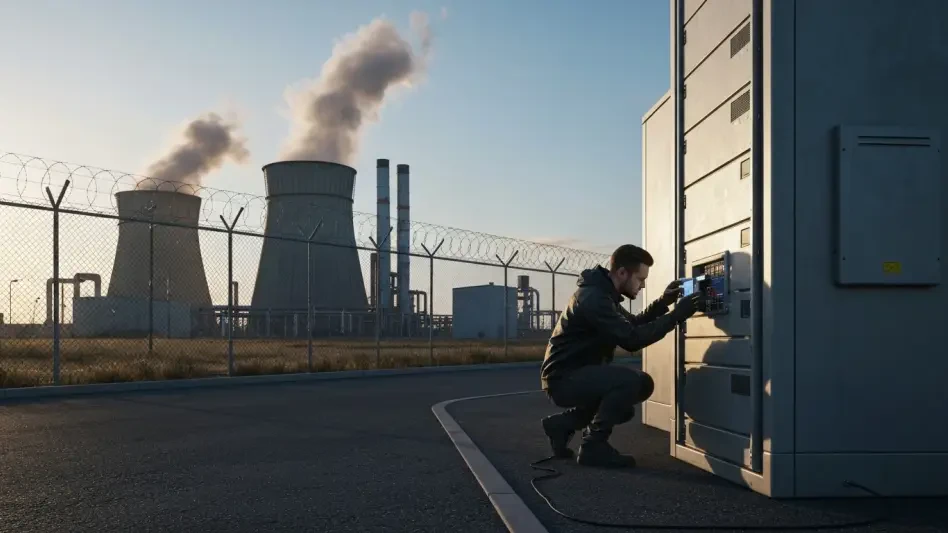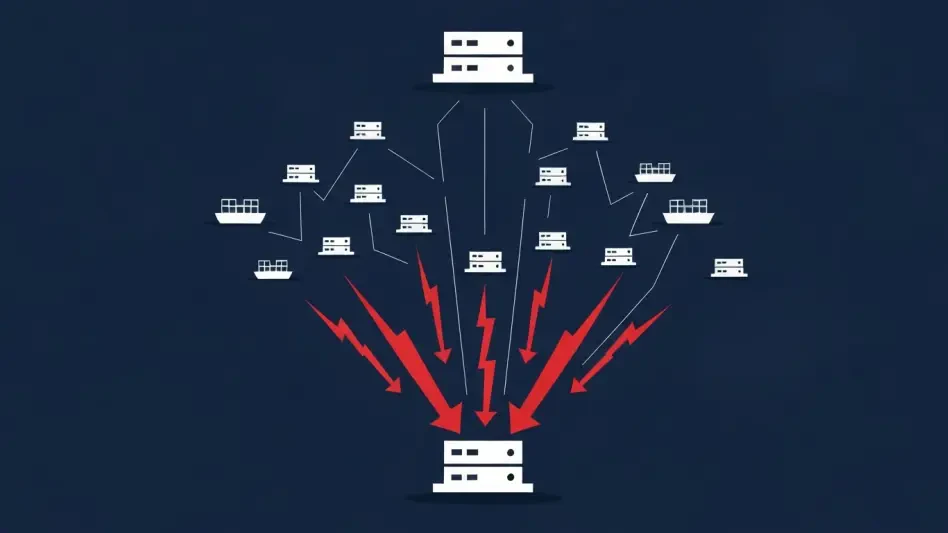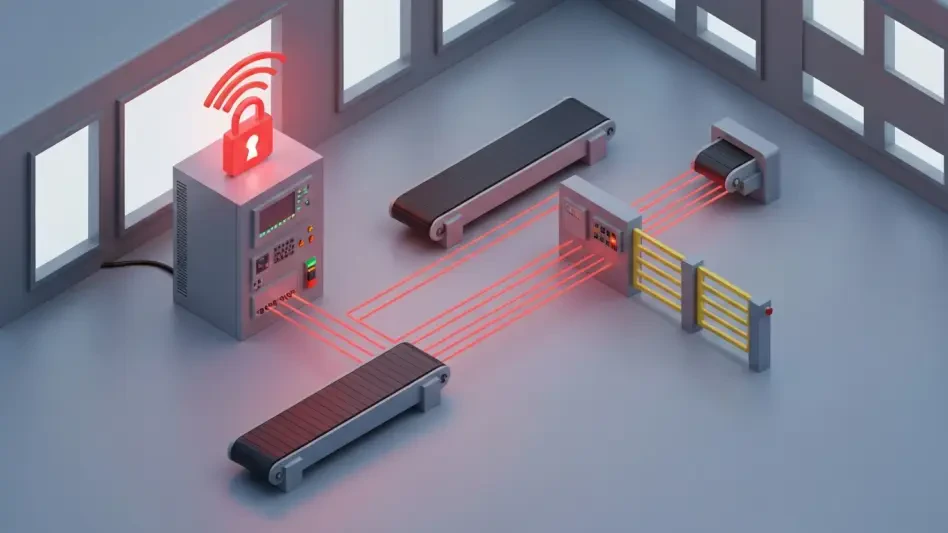What happens when a cyber threat emerges from the shadows, striking before anyone even knows it exists? In today’s digital landscape, where interconnected systems power everything from critical infrastructure to everyday business, the risk of such unseen dangers looms larger than ever, and a single breach in a complex web of technology can ripple into catastrophic failure, costing billions and eroding trust overnight. This exploration dives into how the NIST Cybersecurity Framework (CSF) 2.0 stands as a vital tool to confront these emerging risks, offering a structured path to anticipate, mitigate, and recover from threats that defy prediction.
Why Emerging Cyber Risks Can’t Be Ignored
The urgency to address emerging cybersecurity risks has never been more pressing. With technologies like artificial intelligence and the Internet of Things weaving intricate networks of dependency, a vulnerability in one system can trigger widespread disruption. Statistics paint a stark picture: recent studies indicate that cyber incidents involving interconnected systems have surged by 40% over the past two years, often exploiting gaps that organizations didn’t even know existed.
This isn’t just a technical issue—it’s a business survival challenge. Emerging risks, whether partially known or entirely unprecedented, demand attention because their impact can extend far beyond data loss, affecting operations, reputation, and even national security. Ignoring these threats risks not just financial loss but the very foundation of trust that modern enterprises rely on.
CSF 2.0 steps into this breach with a framework designed to align cybersecurity with enterprise-wide risk management. By providing clarity on how to prioritize and address these evolving dangers, it transforms uncertainty into a manageable concern, ensuring that organizations aren’t caught off guard by the next digital storm.
Decoding the Hidden Threats in Digital Shadows
Emerging cybersecurity risks often lurk undetected until it’s too late. These threats range from familiar adversaries like ransomware, known to some but not all, to completely unknown dangers with no documented defenses. The complexity of modern systems—think operational technology intertwined with AI—amplifies this problem, creating a “system-of-systems” environment where a single failure can cascade unpredictably.
The challenge lies in the unpredictability. Unlike traditional risks with established playbooks, many emerging threats lack clear mitigation strategies, leaving organizations vulnerable to surprises. NIST’s latest guidance highlights that these unseen perils are not just increasing in frequency but also in their potential to disrupt at a scale never seen before.
Understanding this spectrum of danger is the first step. By categorizing risks into those partially known and those entirely new, CSF 2.0 offers a lens to assess where vulnerabilities lie and how to allocate resources effectively, even when the full scope of a threat remains hidden.
How CSF 2.0 Arms Organizations Against the Unknown
CSF 2.0 provides a robust arsenal to tackle emerging cyber risks through a multi-layered approach. Its core functions—Govern, Identify, Protect, Detect, Respond, and Recover—create a comprehensive strategy to address both anticipated and unforeseen challenges. For instance, the Govern function establishes executive accountability, ensuring that cybersecurity aligns with broader business goals.
Proactive defense is a cornerstone of this framework. Through the Identify and Protect functions, organizations can map out vulnerabilities in complex IT and IoT ecosystems and deploy safeguards before a threat materializes. Data backs this up: entities adopting such proactive measures have reduced breach impacts by an impressive 30%, showcasing the value of preparation.
When risks do strike, CSF 2.0’s reactive capabilities shine. The Detect and Respond functions enable swift identification and containment, while Recover ensures rapid restoration of operations. A notable example involves a major retailer that, after a ransomware attack, leveraged these steps to minimize downtime, demonstrating the framework’s real-world effectiveness in crisis management.
Real Stories from the Cyber Frontlines
Insights from industry leaders reveal the tangible impact of CSF 2.0 in battling emerging threats. A cybersecurity director at a Fortune 500 firm noted, “The structured clarity of this framework helped us foresee AI-driven attacks that weren’t even on our radar last year.” Such firsthand accounts emphasize how the framework translates theory into actionable defense.
Beyond individual experiences, community input shapes its evolution. NIST’s ongoing efforts to gather feedback, active through key deadlines in the current cycle, ensure that the guidance remains grounded in practical challenges. This collaborative spirit reflects a commitment to addressing the nuanced realities faced by diverse sectors.
Data further validates this urgency. Reports show a sharp rise in vulnerabilities tied to interconnected systems, with complex architectures often serving as entry points for novel threats. These real-world perspectives and statistics combine to highlight CSF 2.0 as a credible lifeline for organizations navigating an unpredictable digital terrain.
Practical Steps to Fortify with CSF 2.0
Implementing CSF 2.0 starts with establishing strong governance. By embedding executive-level oversight through the Govern function, organizations can align cybersecurity with enterprise risk objectives, setting a clear direction for decision-making. This foundational step ensures that risk management isn’t an afterthought but a strategic priority.
Next, mapping the risk landscape is critical. Using the Identify function, it’s possible to catalog assets and pinpoint weaknesses, especially in intertwined systems like AI and operational technology. This process extends to assessing even those threats with no known defenses, preparing for the unexpected with a detailed inventory of potential exposure points.
Building on this, protective measures must be deployed via the Protect function, tailored to address known risks while incorporating flexible defenses for unknowns. Enhancing detection and response capabilities further strengthens this shield, ensuring early threat identification and rapid containment. Post-incident recovery, paired with continuous learning through the Improvement category, rounds out the approach, refining strategies to bolster resilience against future disruptions.
Reflecting on a Path Forward
Looking back, the journey through the evolving landscape of cybersecurity revealed a stark truth: emerging risks demanded innovative responses. CSF 2.0 emerged as a beacon, guiding organizations through the fog of uncertainty with structured functions that balanced foresight and reaction. Each step taken under this framework built a stronger defense against threats that once seemed impossible to predict.
The next chapter calls for action. Organizations need to embrace these tools, integrating governance, proactive safeguards, and rapid recovery into their core strategies. By doing so, they can transform vulnerability into strength, ensuring that even the most elusive digital dangers are met with readiness and resolve.

